
How to Use ESP32: Examples, Pinouts, and Specs
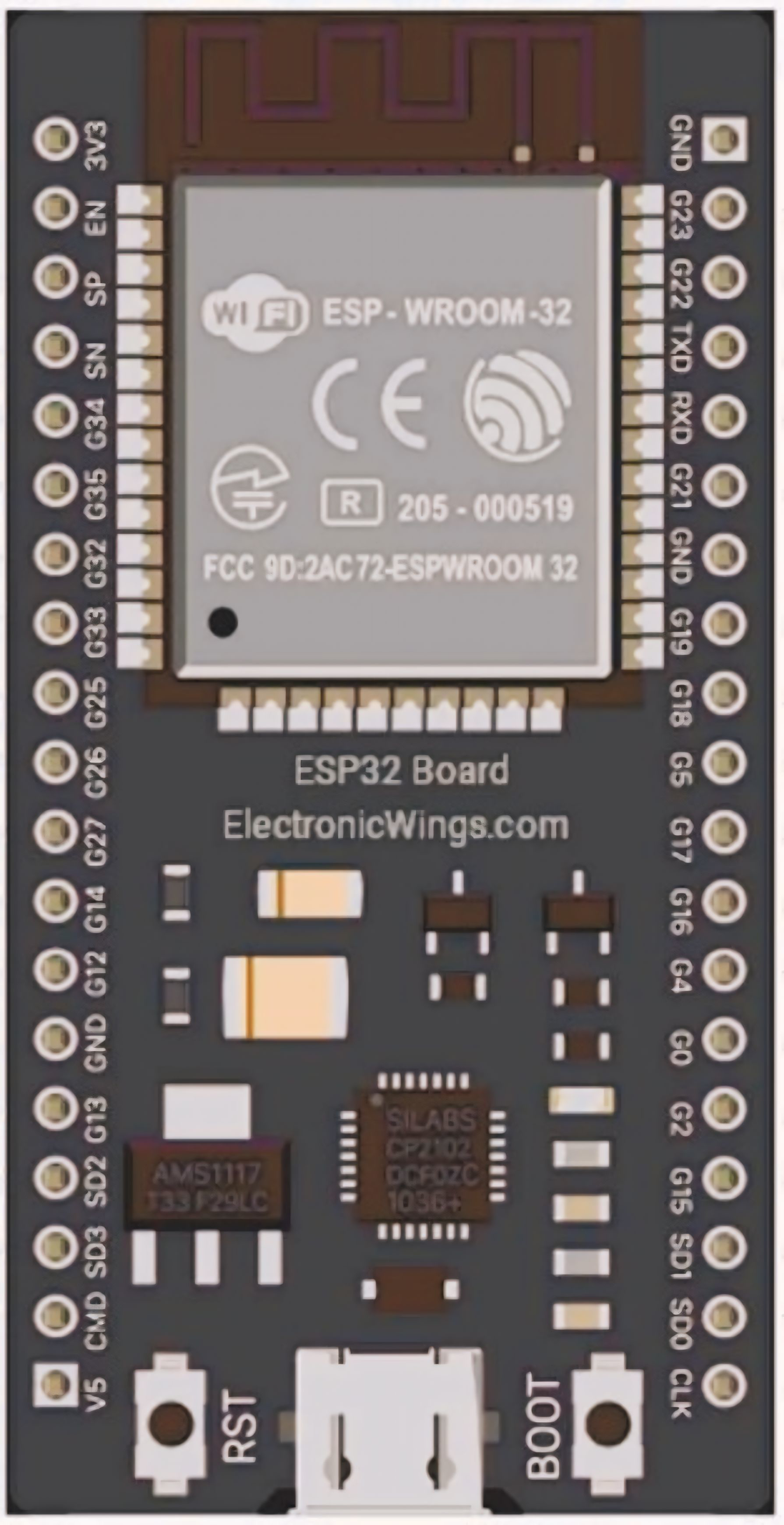
 Design with ESP32 in Cirkit Designer
Design with ESP32 in Cirkit DesignerIntroduction
The ESP32 is a powerful microcontroller with integrated Wi-Fi and Bluetooth capabilities, making it an ideal choice for Internet of Things (IoT) applications and embedded systems. It is designed to provide high performance, low power consumption, and versatile connectivity options. The ESP32 is widely used in smart home devices, wearable electronics, industrial automation, and wireless sensor networks.
Explore Projects Built with ESP32
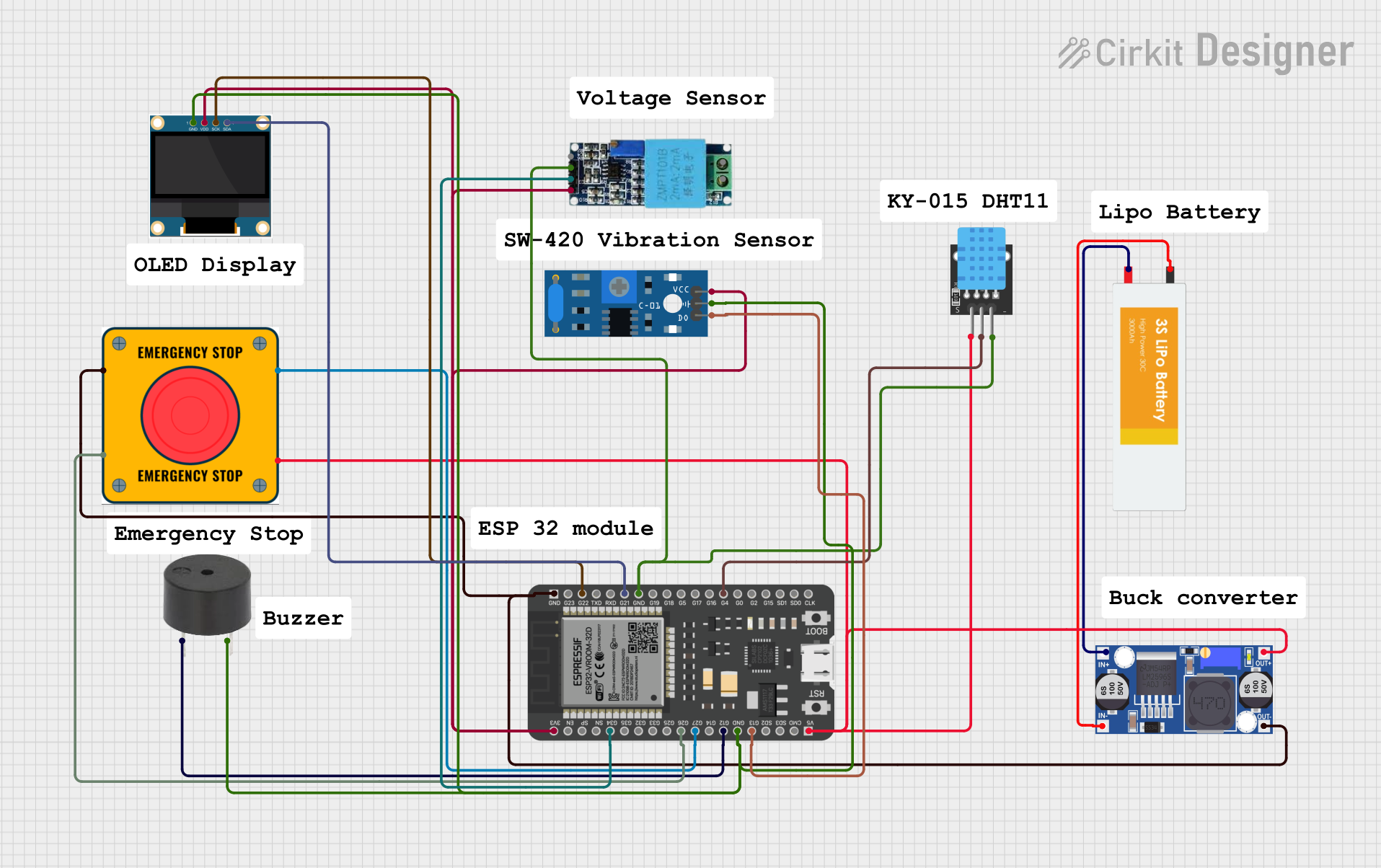
 Open Project in Cirkit Designer
Open Project in Cirkit Designer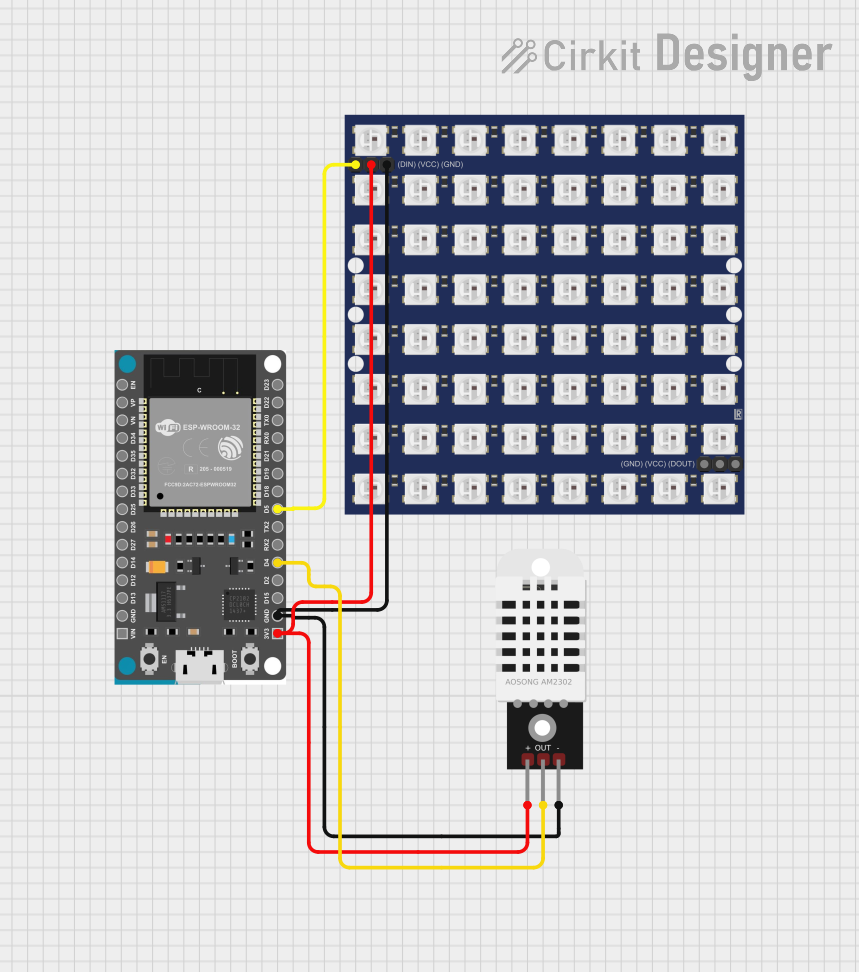
 Open Project in Cirkit Designer
Open Project in Cirkit Designer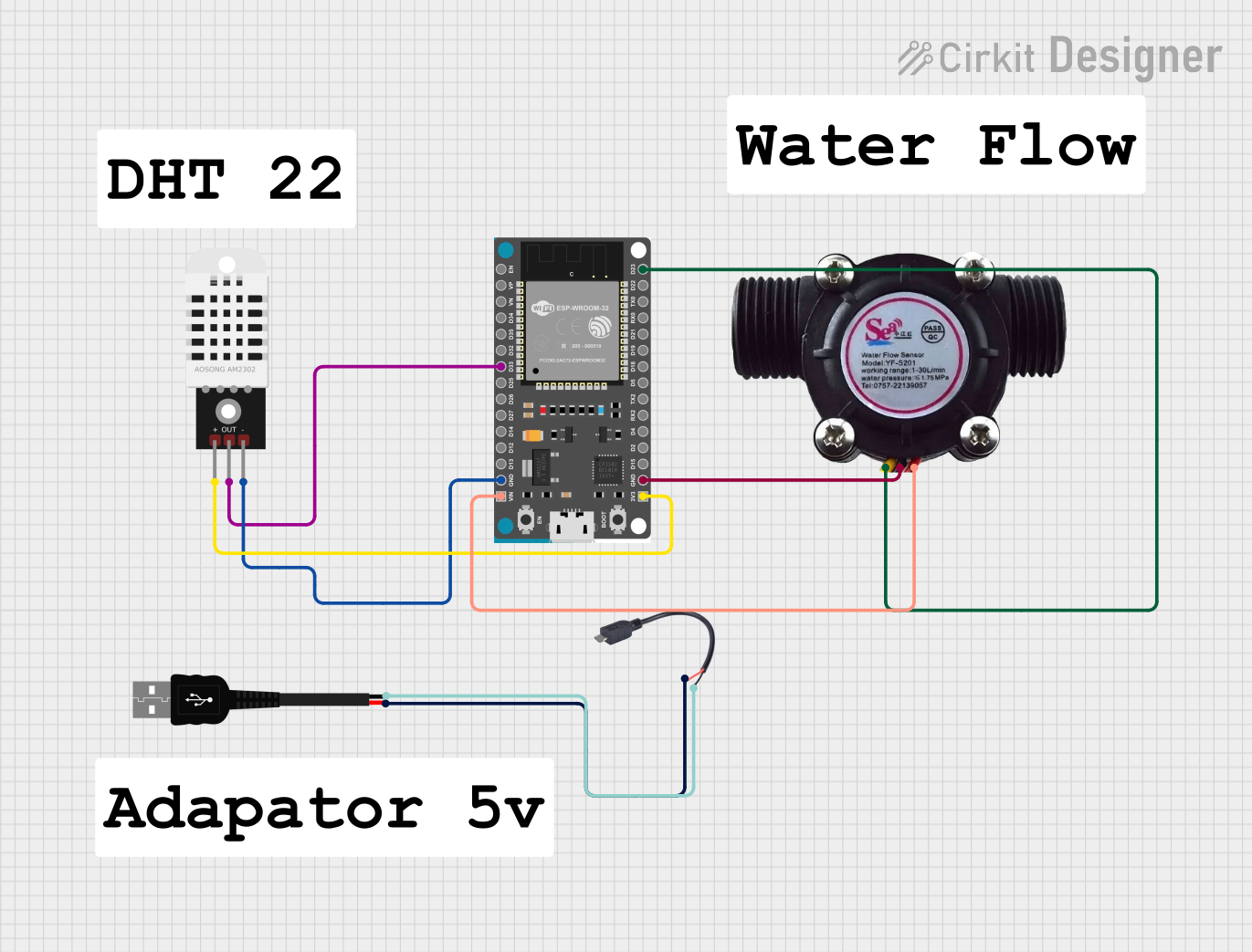
 Open Project in Cirkit Designer
Open Project in Cirkit Designer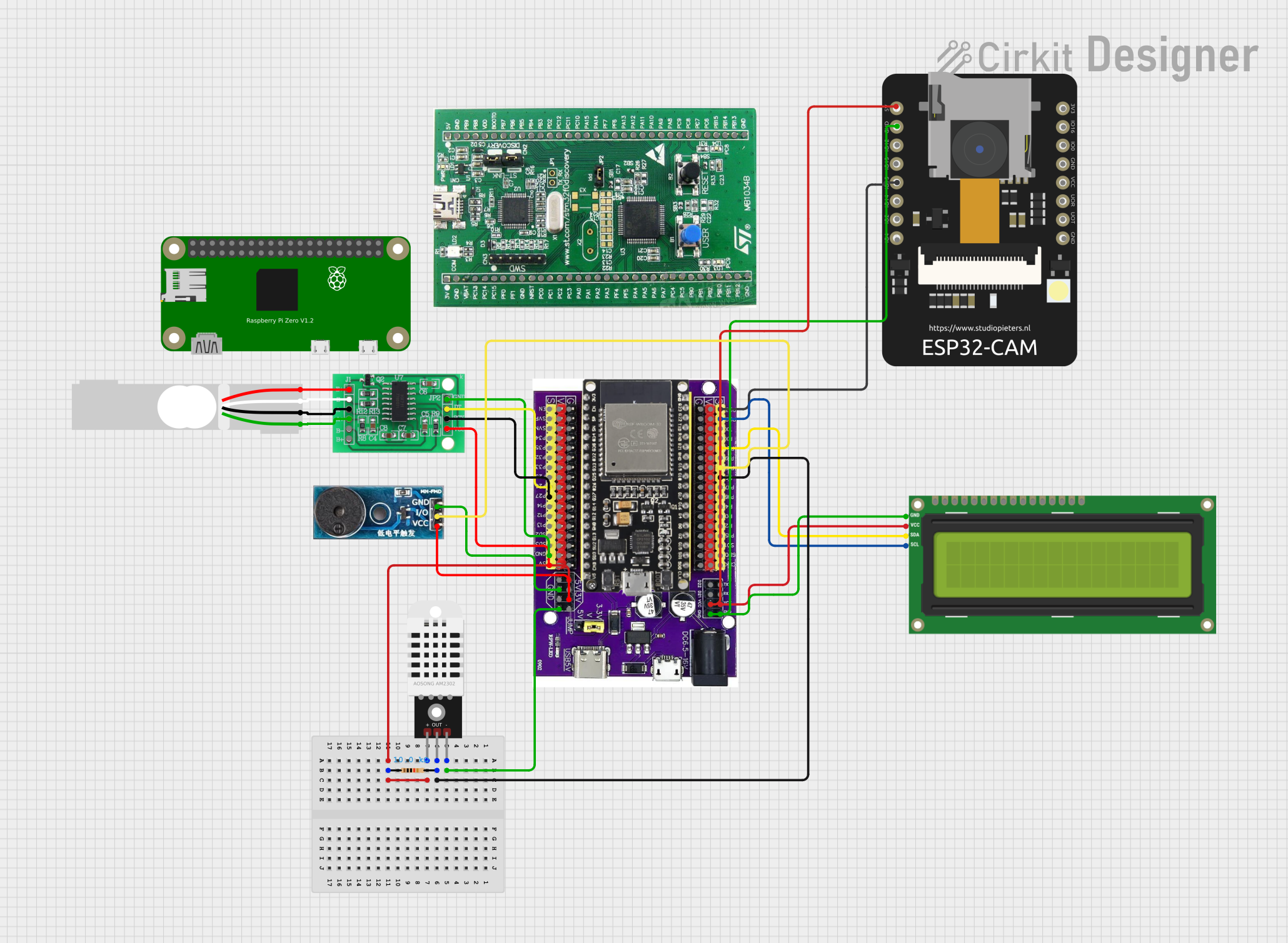
 Open Project in Cirkit Designer
Open Project in Cirkit DesignerExplore Projects Built with ESP32

 Open Project in Cirkit Designer
Open Project in Cirkit Designer
 Open Project in Cirkit Designer
Open Project in Cirkit Designer
 Open Project in Cirkit Designer
Open Project in Cirkit Designer
 Open Project in Cirkit Designer
Open Project in Cirkit DesignerTechnical Specifications
The ESP32 is equipped with a dual-core processor, a rich set of peripherals, and advanced connectivity features. Below are its key technical specifications:
General Specifications
- Processor: Dual-core Xtensa® 32-bit LX6 microprocessor
- Clock Speed: Up to 240 MHz
- Flash Memory: 4 MB (varies by model)
- SRAM: 520 KB
- Wi-Fi: 802.11 b/g/n
- Bluetooth: v4.2 BR/EDR and BLE
- Operating Voltage: 3.3V
- GPIO Pins: 34 (multipurpose)
Pin Configuration and Descriptions
The ESP32 has multiple pins for various functionalities. Below is a table summarizing the key pins:
| Pin Name | Function | Description |
|---|---|---|
| GPIO0 | Input/Output, Boot Mode | Used for general I/O or to enter bootloader mode during programming. |
| GPIO2 | Input/Output, ADC, PWM | General-purpose I/O, supports ADC and PWM functionalities. |
| GPIO12 | Input/Output, ADC, Touch | General-purpose I/O, supports ADC and capacitive touch sensing. |
| GPIO13 | Input/Output, ADC, Touch | General-purpose I/O, supports ADC and capacitive touch sensing. |
| GPIO15 | Input/Output, ADC, PWM | General-purpose I/O, supports ADC and PWM functionalities. |
| EN | Enable | Active-high pin to enable or reset the chip. |
| 3V3 | Power | Provides 3.3V power output. |
| GND | Ground | Ground connection. |
| TX0 | UART Transmit | UART0 transmit pin for serial communication. |
| RX0 | UART Receive | UART0 receive pin for serial communication. |
Note: The ESP32 has multiple ADC, PWM, and UART pins. Refer to the datasheet for a complete pinout.
Usage Instructions
The ESP32 can be used in a variety of circuits and projects. Below are the steps to get started:
Connecting the ESP32 to a Circuit
- Power Supply: Connect the 3.3V pin to a stable 3.3V power source and GND to ground.
- Programming: Use a USB-to-serial adapter or a development board with a built-in USB interface to program the ESP32.
- GPIO Usage: Connect peripherals (e.g., sensors, LEDs) to the GPIO pins. Ensure the voltage levels are compatible with the ESP32's 3.3V logic.
Programming the ESP32 with Arduino IDE
- Install the ESP32 board package in the Arduino IDE:
- Go to File > Preferences and add the following URL to the "Additional Board Manager URLs" field:
https://dl.espressif.com/dl/package_esp32_index.json - Open Tools > Board > Boards Manager, search for "ESP32," and install the package.
- Go to File > Preferences and add the following URL to the "Additional Board Manager URLs" field:
- Select the ESP32 board from Tools > Board.
- Connect the ESP32 to your computer via USB and select the correct COM port under Tools > Port.
- Write and upload your code.
Example Code: Blinking an LED
The following code demonstrates how to blink an LED connected to GPIO2:
// Define the GPIO pin where the LED is connected
const int ledPin = 2;
void setup() {
// Set the LED pin as an output
pinMode(ledPin, OUTPUT);
}
void loop() {
// Turn the LED on
digitalWrite(ledPin, HIGH);
delay(1000); // Wait for 1 second
// Turn the LED off
digitalWrite(ledPin, LOW);
delay(1000); // Wait for 1 second
}
Important: Ensure the LED is connected to GPIO2 with a current-limiting resistor (e.g., 220Ω) to prevent damage.
Best Practices
- Use a level shifter if interfacing with 5V logic devices.
- Avoid drawing excessive current from the GPIO pins (maximum 12mA per pin).
- Use decoupling capacitors near the power pins to stabilize the power supply.
Troubleshooting and FAQs
Common Issues
ESP32 Not Detected by Computer:
- Ensure the USB cable is functional and supports data transfer.
- Install the correct USB-to-serial driver for your development board.
Upload Fails with "Timed Out" Error:
- Press and hold the BOOT button on the ESP32 while uploading the code.
- Check the selected COM port and board type in the Arduino IDE.
Wi-Fi Connection Fails:
- Verify the SSID and password in your code.
- Ensure the Wi-Fi network is within range and supports 2.4 GHz (ESP32 does not support 5 GHz).
FAQs
Q: Can the ESP32 operate on 5V?
A: No, the ESP32 operates at 3.3V. Applying 5V to GPIO pins can damage the chip.Q: How do I reset the ESP32?
A: Press the EN button on the development board to reset the ESP32.Q: Can I use the ESP32 for battery-powered projects?
A: Yes, the ESP32 supports low-power modes, making it suitable for battery-powered applications.
By following this documentation, you can effectively use the ESP32 in your projects and troubleshoot common issues. For advanced features, refer to the official ESP32 datasheet and programming guide.